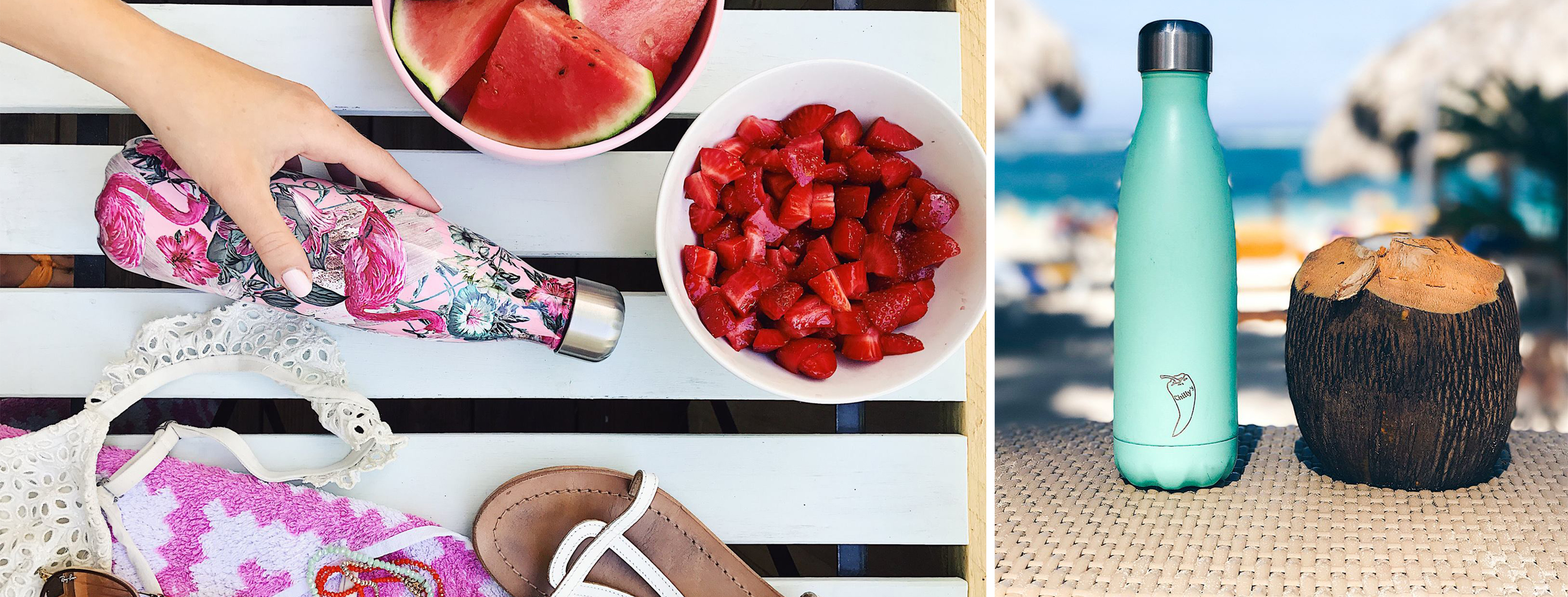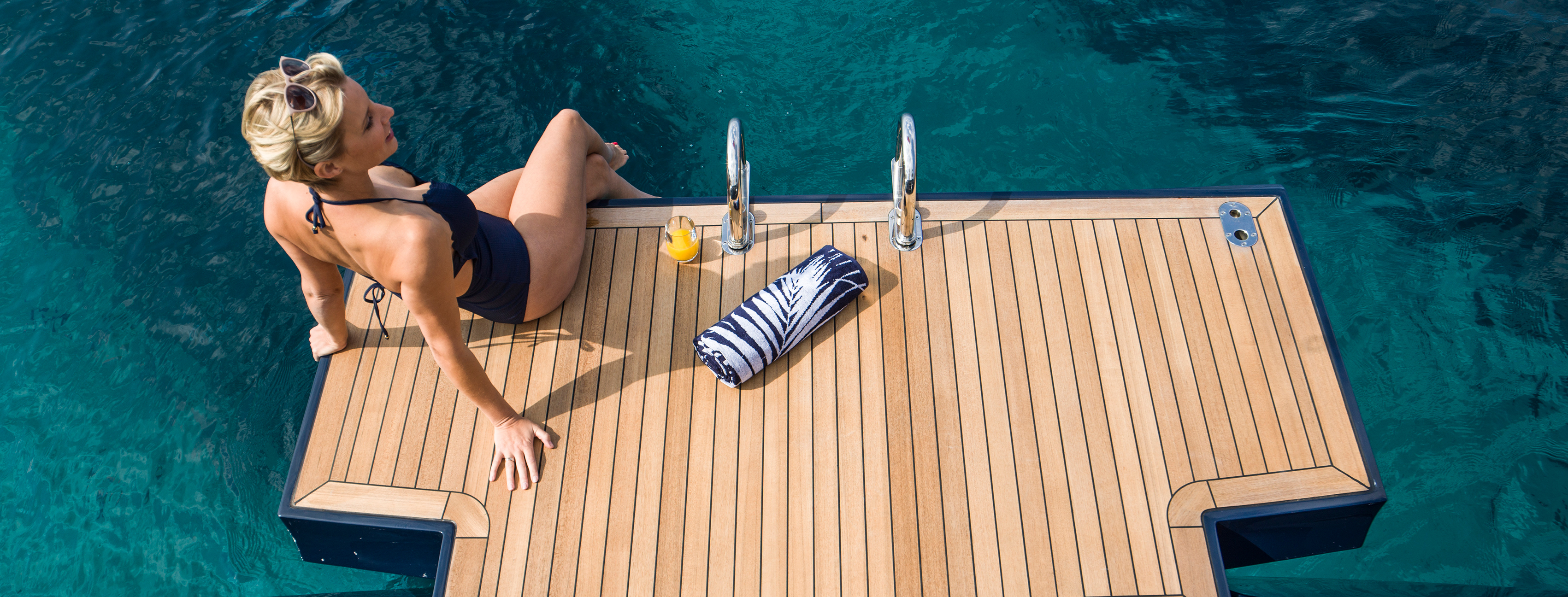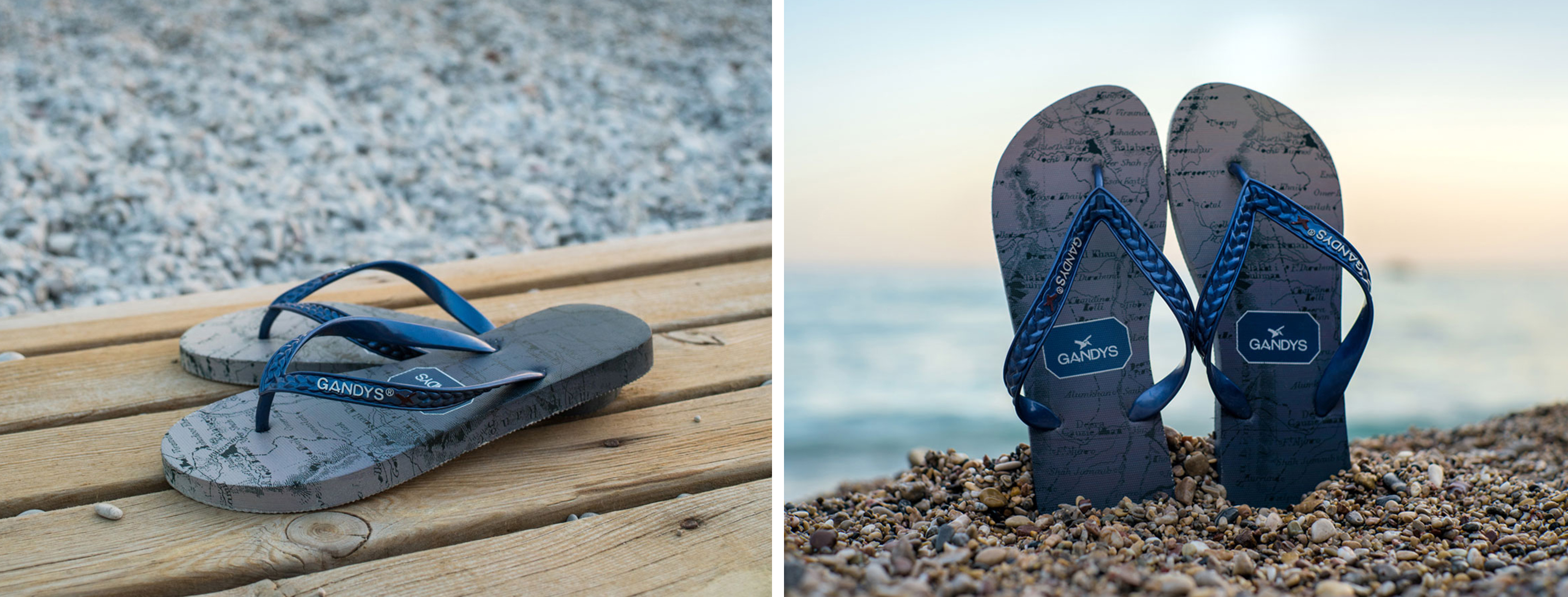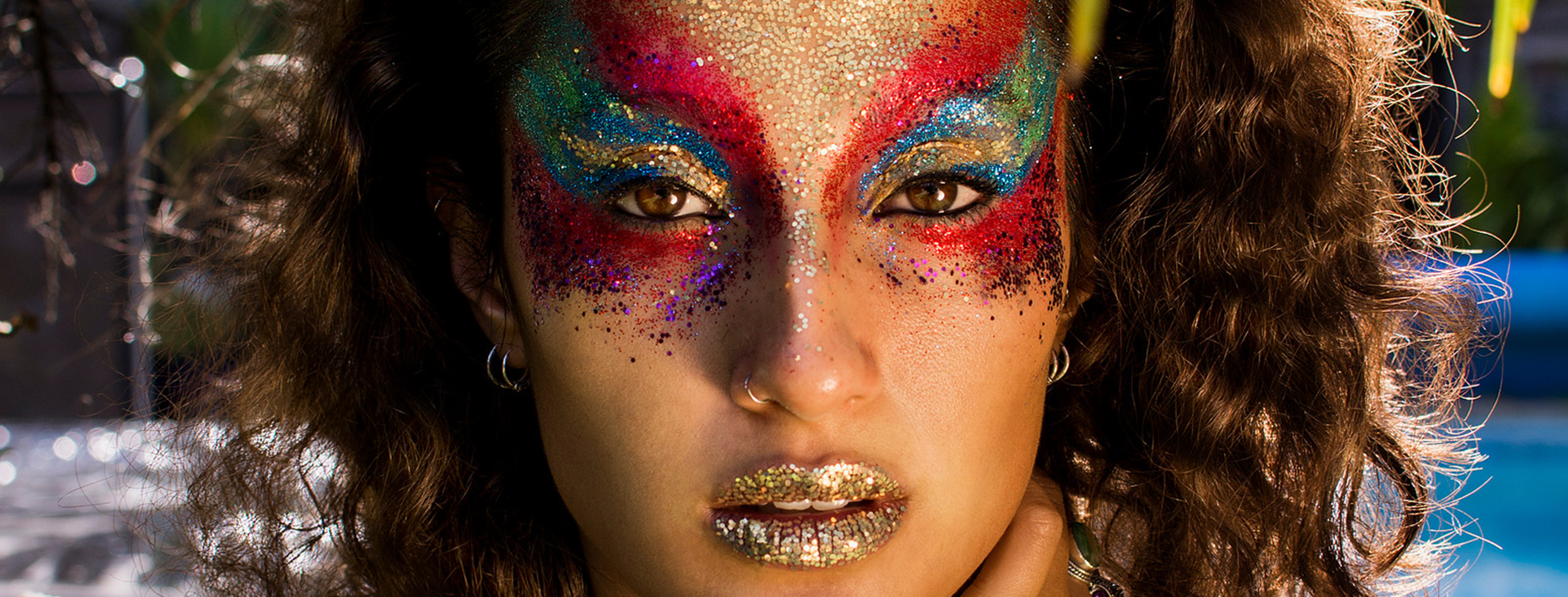….one of the most successful materials ever produced.
The material in question is strong, light, easy to use, colourful, versatile, hygienic, and can be moulded or cast into almost anything. It has the potential to reduce our carbon footprint on the planet, through lightweight parts in cars or airplanes, which reduces fuel consumption.
This reusable material can keep food and medicines fresher for longer, or be broken down and repurposed in a number of different ways. This material, if properly used and managed holds the answers to many conundrums across all industries and in the home.
Any guesses?…Yes, we are talking about plastics!
Plastic pollution is not just the materials’ fault, but the way we deal with it.
Recycling is crucial but is eliminating plastic from every day use the answer? And is this even possible?
Of course, some plastics are bad. They are toxic and once in the oceans they break down very slowly into smaller and smaller pieces making them easier to be digested by all the inhabitants of our oceans. In 2016, 1/3 of fish surveyed on the south coast of the UK contained plastic. These fish then end up back on our plates. Wouldn’t it be interesting to know how many humans have plastic in them? Or would that be too scary? Do you chew your pen?
So let’s work on fixing this! There are some situations where plastic is the preferred option. It is used a lot in hospitals due to its easy to clean and hygienic nature. It is also a light and durable choice for drinking bottles, lunch boxes, bank cards and more.
However, there are many different types of plastics in circulation that cannot be, or are very difficult to recycle. This can be due to the type of plastic or the combination of plastics used in the product. There are microplastics in many cosmetics; these are easily flushed into the water system.
So, we need to avoid single-use plastics, microplastics and plastics that can’t be recycled.
Reduce. Reuse. Recycle.
Before you start throwing all your plastics away to fit into the new trend of the plastic pollution movement, we encourage everyone to use what they have first and then look for second-hand options before buying anything new.
“Everything we personally own that’s made, sold, shipped, stored, cleaned and ultimately thrown away does some environmental harm every step of the way, harm that we’re either directly responsible for or is done on our behalf”
Yvon Chouinard – Founder of Patagonia
Summer Fun Essentials
If second-hand is not an option for you, we have some fantastic suggestions of new products you can swap to this summer:
Suncream
Not only does it come in plastic containers but researchers have found that suncream is the leading killer of coral reefs and affects fish hormones due to the Oxybenzone (Benzophenone-3, BP-3) present.
As we all know we need to use sun cream to avoid sunburn and the potential risk of skin cancers. It’s not an option to boycott this summer essential.
So let’s find a plastic-free and ocean-friendly alternative.
“Shade” is a UK-made, all natural suncream that comes in a reusable tin. It has won three awards for being awesome and is well worth a try. Made from four natural ingredients, Shea Butter, Coconut Oil, Beeswax and Zinc Oxide. Simple!

Rehydrate before you dehydrate
On average there are 7.7 billion plastic water bottles used in the UK each year! Even if you chose to use a plastic Camelbak bottle like I do, you are still making a huge difference. They are BPA/BPS/BPF free and last for years but most importantly they are fully recyclable: www.camelbak.com
When my faithful bottle eventually dies, I will look at replacing it with an aluminium or bamboo one. I like the idea of glass, but they are heavy and pretty impractical onboard yachts.

Bubble wrap bikini?
Or it may as well be. Did you know that most bikinis are made with plastic fibres along with most of your wardrobe? Synthetic fibres from clothing have been found to be clogging up waterways and in both sea and lake fish.
A study funded by one of the most eco-concerned, outdoor clothing manufactures, Patagonia, found that on average, synthetic fleece jackets release 1.7 grams of microfibres each wash. This increases with the age of the garment.
You can get natural fibre bikinis, but they don’t dry fast, nor have any elasticity so great for sunbathing in but not much more.
If you want a sportier solution to this problem, it is here:
Stick with companies like Patagonia who use recycled nylon (saving plastics from landfills and the sea) in conjunction with a Guppyfriend.
Guppyfriend is the only company currently looking into stopping micro waste while still allowing us to use fabrics produced from recycled plastics. It is a washing bag made from the specially designed micro-filter material. You pop your offending cloths in and place the bag into the wash. You can easily collect the fibres from your Guppyfriend and dispose of them properly.
The double bonus of going with Patagonia clothing is you can drop any of their products back into the store for them to recycle, or repurpose. The company also guarantees that everything they produce has the smallest impact on the environment in every aspect.
So recycled nylon Patagonia bikini plus a Guppyfriend is the way forward!

Green feet
In the hot summer months, a happy foot is one that’s in a flip-flop! A crucial and unavoidable sidekick to summer living. How can we stop the flow of tonnes of these wonderful, colourful, and damaging footwear being washed up on the East African Coast.
One option is trying Gandy’s flip flops which are 100% FSC certified natural rubber. No plastic in sight!

Glitter
Summer is the festival season and no festival is complete without fairy dust!
Most glitter is made from microplastics, and due to its tiny sparkly nature, it is a particular hazard in the oceans. Microplastics account for 85% of plastics found in the environment.
Don’t panic!
Eco Glitter Fun, the biodegradable glitter that is here to give you a guilt-free sparkle.
They do this by using 100% biodegradable cellulose film. The raw materials used are sustainably sourced, cruelty-free and cosmetic grade. Also, it is vegan-friendly.

We hope that you find this insightful and useful. Please let us know if you have any single-use plastic alternatives you want to tell the world about.
Plastics are just one of the problems the world is dealing with at the moment and while it is imperative that we deal with this, please don’t let it dwarf the other issues like deforestation, soil degradation, species extinction, air pollution, climate change and overpopulation.






